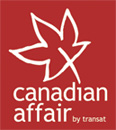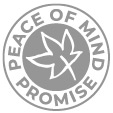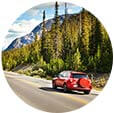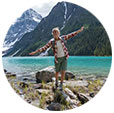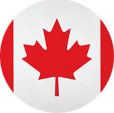Canada travel guide
Canada is an unforgettable destination. With unspoilt views, colourful communities and an interesting history for you to uncover, trips to Canada will provide you with memories to last a lifetime.
Visiting somewhere new is always exciting. However, before you hop on a flight to Canada, you might have a few questions to help you get to grips with the country better. Having a travel guide can be beneficial in these instances and can help prepare you for your trip. Or, if you’re looking for more in-depth information to answer any of your Canada-related questions, click through to our guides further down this page.
FAQs
- • What is the capital of Canada?
- • Where is Canada?
- • What is the population of Canada?
- • What is the currency of Canada?
- • Best time to visit Canada
- • Canada languages
- • Canada weather
- • Canada culture
- • Canadian food
- • Canadian history
- • Wildlife in Canada
- • Travelling in Canada
- • Canada travel tips
What is the capital of Canada?
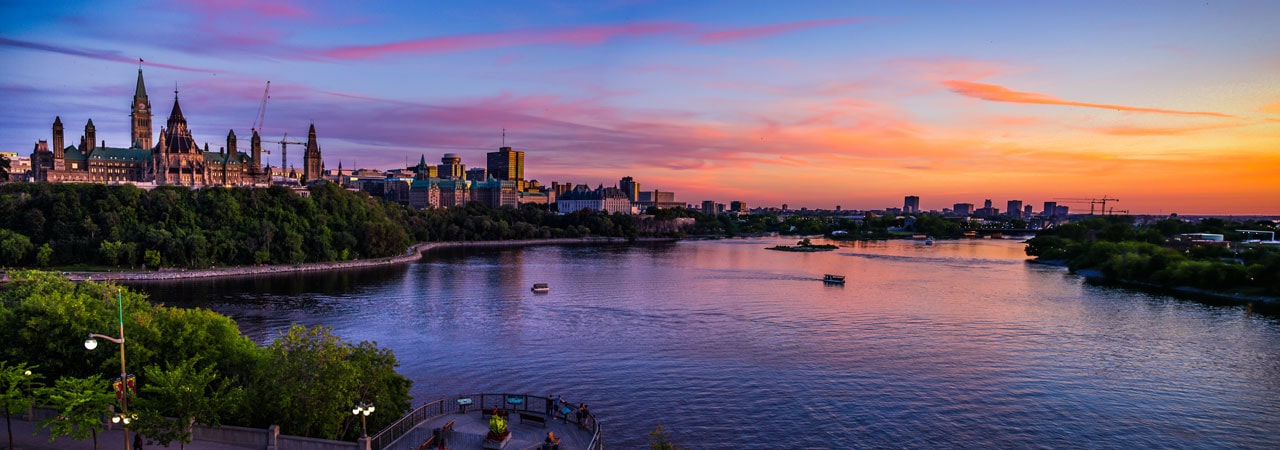
Ottawa was selected as the capital of Canada in 1857 by Queen Victoria. Starting as a modest town with few inhabitants, the city was previously known as Bytown. However. it was renamed in 1855, taking inspiration from the word ‘adawe’, meaning ‘to trade’. Although the two main languages spoken in Ottawa are French and English, the inspiration for the city’s new name was from an Algonquin word, who are North America’s indigenous inhabitants.
Although it was originally chosen to act as a permanent base for the government, Ottawa became Canada’s official capital city after the country gained its sovereignty from the United Kingdom in 1867. Today, Ottawa is the 14th safest capital in the world, in addition to the 7th coldest. Home to 994,837 people, it is Canada’s fourth-largest city and sits on the border of the Ottawa River.
From paddleboarding on the Gatineau River and whitewater rafting to wandering through its picturesque streets and being amazed by the architecture of the Parliament houses, there is so much to see and do in Canada’s capital.
Where is Canada?
Canada is one of the three countries that North America is comprised of. Boasting 9,093,507 square kilometres of land and 891,163 square kilometres of water, the country is the second-largest in the world after Russia.
Known largely for its cold weather, its northernly location means that it only shares one land border, which is with the USA. However, the country has three water borders thanks to its 200,00km coastline— the largest in the world. With the Pacific Ocean to the west, the Arctic Ocean to the north and the Atlantic Ocean to the east, Canada can experience a range of different climates. So, if you’re considering a holiday to this fantastic country, why not take a look at our Canada hub for some inspiration?
What is the population of Canada?
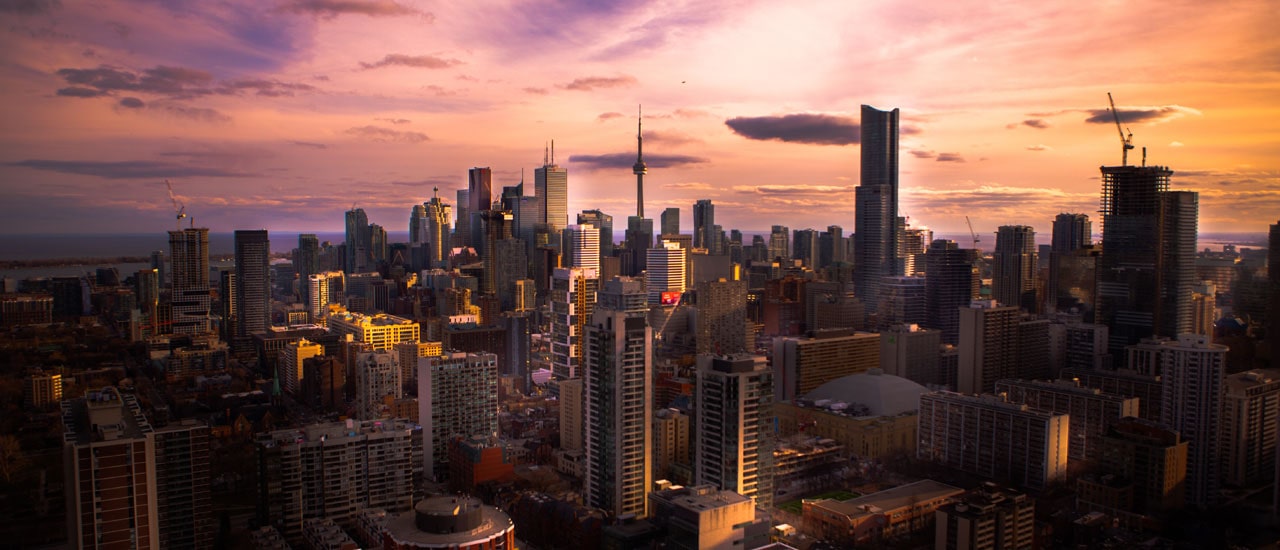
Although Canada is the second-largest country in the world, much of its size is covered by sheets of ice, as well as mountainous terrain. The most northerly parts share similar weather conditions to the North Pole, making it inhabitable in the winter due to the freezing conditions. This means that Canada is only the 38th most populous country in the world. As of 2019, 37 million people reside there, which equates to just 0.48% of the global population.
The population of Canada is spread out over 10 provinces and three territories. Most of its residents live in the south, where there are distinct seasons, warmer temperatures and plenty of great lakes to explore.
What is the currency of Canada?
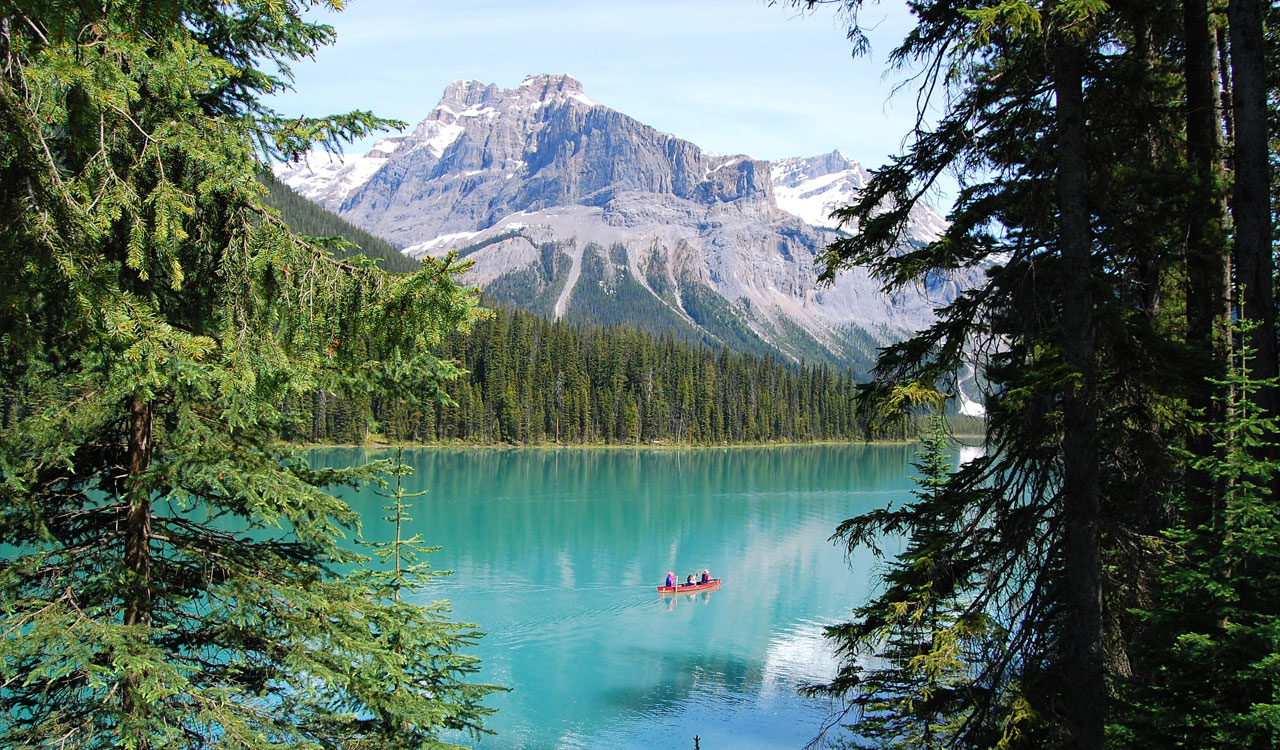
Although both the USA and Canada call their currency the dollar, they are not the same. So, if you’re travelling over the border, it is important to remember to exchange your travel money.
Abbreviated by ‘$’, the Canadian dollar is the 10th largest economy and experiences low levels of fluctuation. Made up of 100 cents, there are five different coins that you will come across whilst on a Canada holiday, with the 1¢ no longer in circulation due to inflation in production costs. The denominations you may come across are:
- • 5¢ - nickel
- • 10¢ - dime
- • 25¢ - quarter
- • $1 – the ‘loonie’
- • $2 – the ‘toonie’
In addition to coins, Canada also has five banknotes in circulation. These are brightly coloured so that they can be easily distinguished from each other. These banknotes are as follows:
- • $5
- • $10
- • $20
- • $50
- • $100
The best time to visit Canada
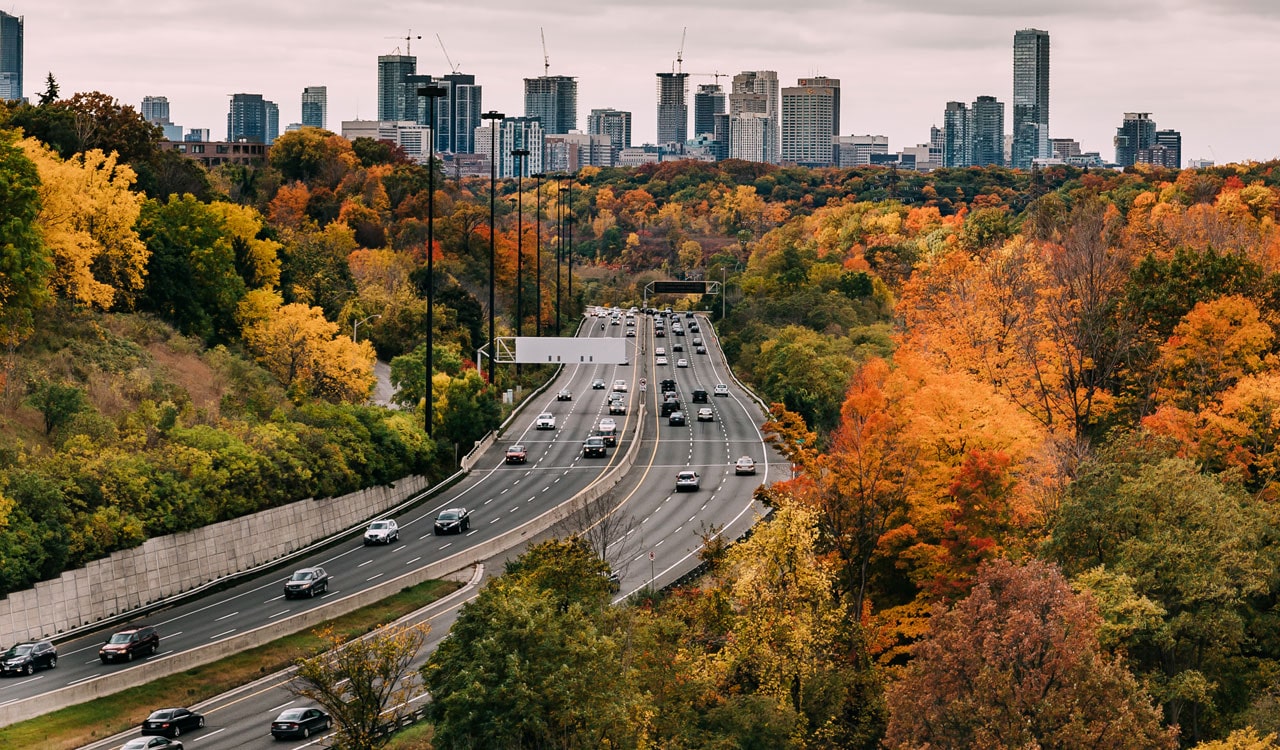
With each season offering you something different, there is never a bad time to visit Canada. Whether you’re planning on relaxing lakeside, enjoying a hike with a loved one or searching for the Northern Lights, find out when is the best time to go in this helpful guide.
Canada languages
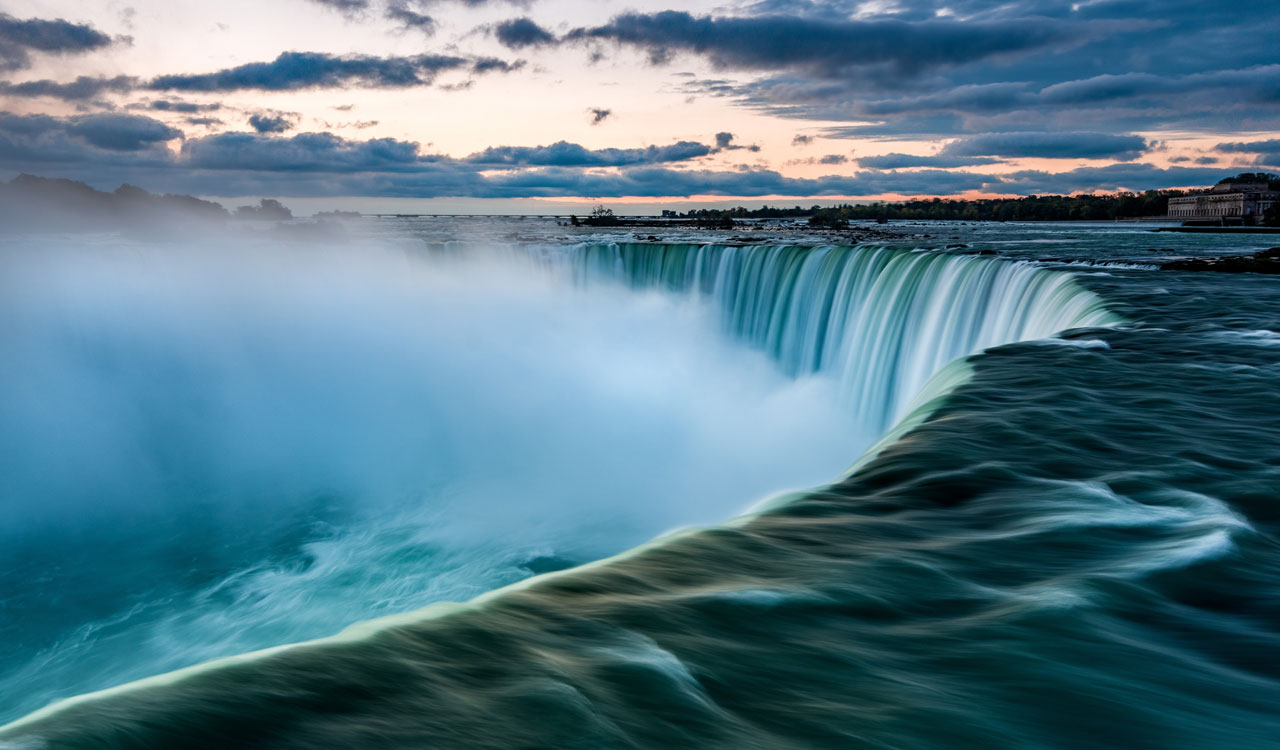
Travelling to a new country is always a, with the potential language barrier being one of the biggest. Despite Canada having two national languages, you may come across many more whilst on a holiday here. Find out which of the provinces are bilingual, as well as what other languages are commonly heard throughout Canada.
Canada weather
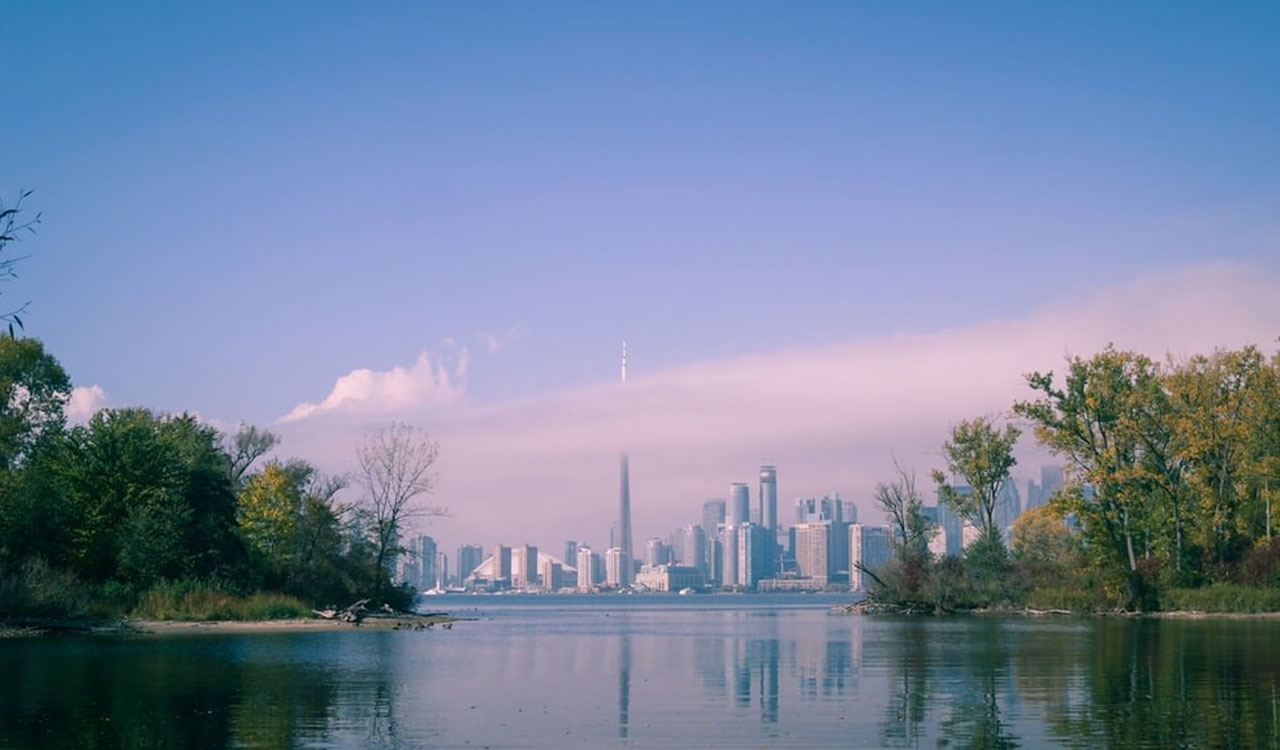
Covering five time zones, bordered by both the Pacific and the Atlantic Ocean and being the second-largest country in the world, it’s no surprise that Canada experiences a range of different weather conditions.
Canadian culture
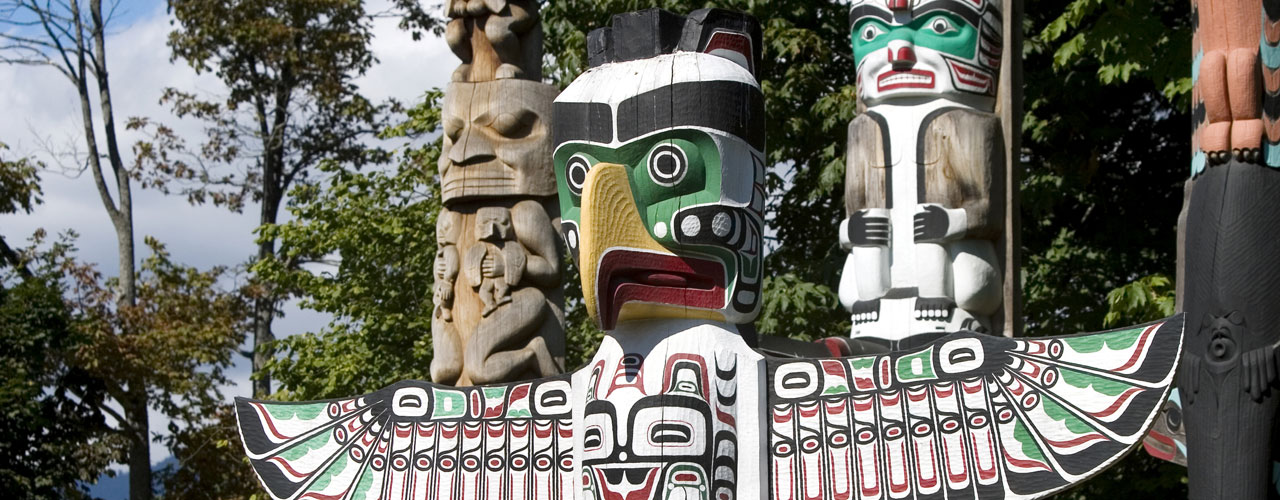
On a holiday to Canada, there are so many different places for you to visit. With three different territories and 10 provinces, each has its own culture for you to discover, giving you a unique look into life in Canada.
Canadian food
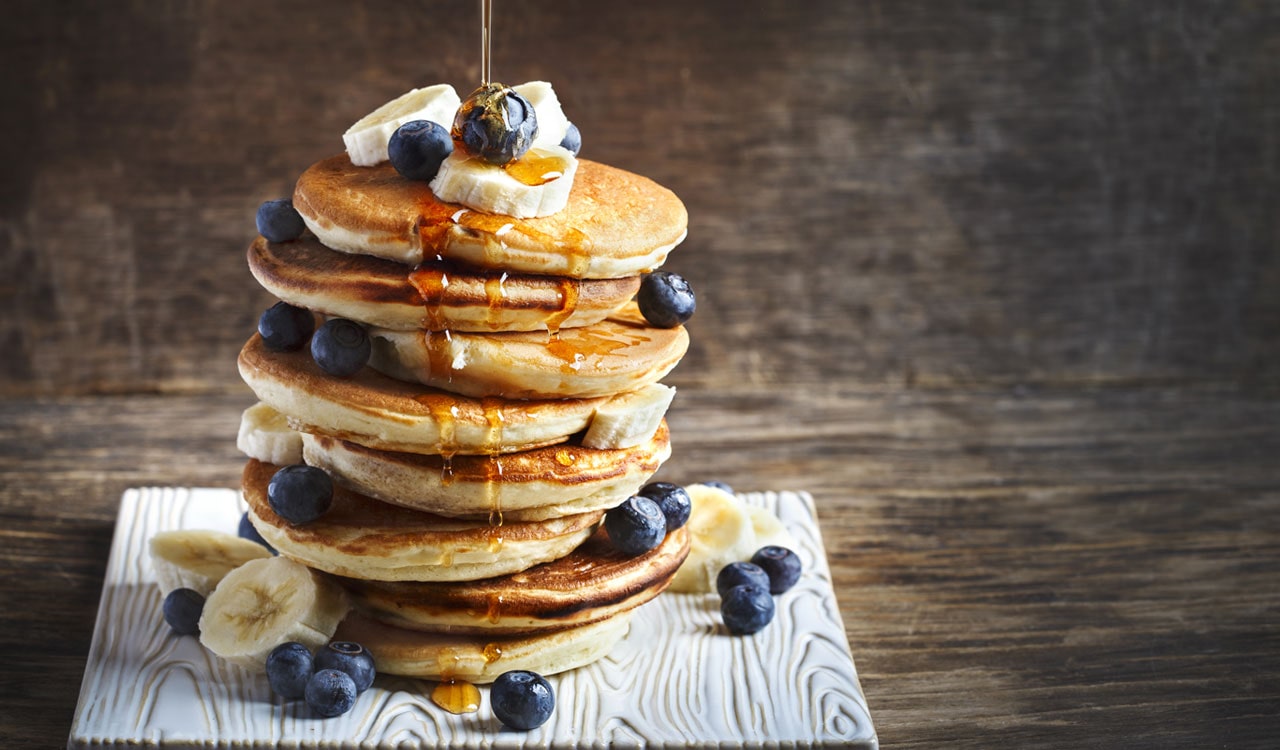
Throughout history, many different cultures have settled in Canada. Not only has this made the country a diverse and colourful place to live, but it has influenced the cuisine that you can try whilst visiting. From poutine to maple syrup, find out more about some of the incredible Canadian food deserving a place on your must-try list.
Canadian history
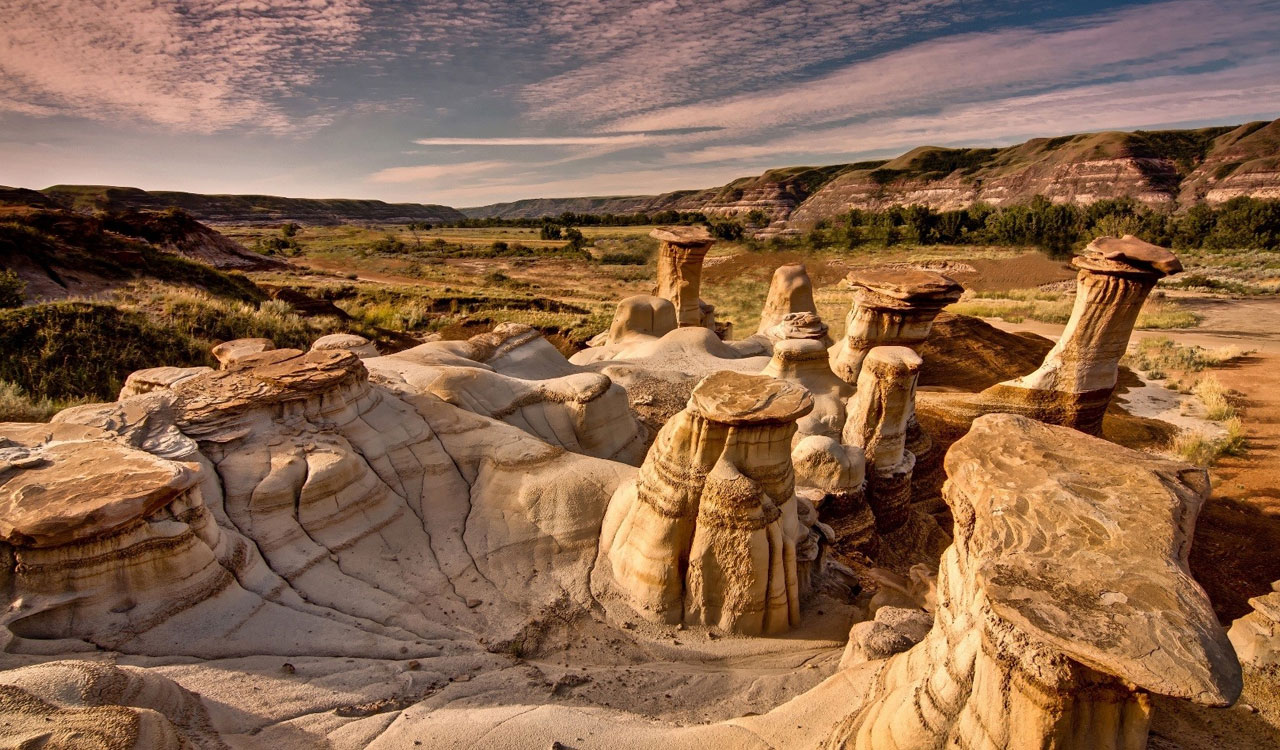
From gaining its independence from the British Empire in 1867 to the first Europeans settling in Québec in 1604, Canada has an interesting and varied history. Find out more about Cartier’s voyage up the St. Lawrence River and how the capital of Canada was selected in this guide.
Wildlife in Canada

Are you interested in finding out what Canada’s national animal is? Or perhaps what animals have made their home in the Rocky Mountains? Canada is rich with wildlife, with so many different species for you to see whilst on holiday.
Travelling in Canada
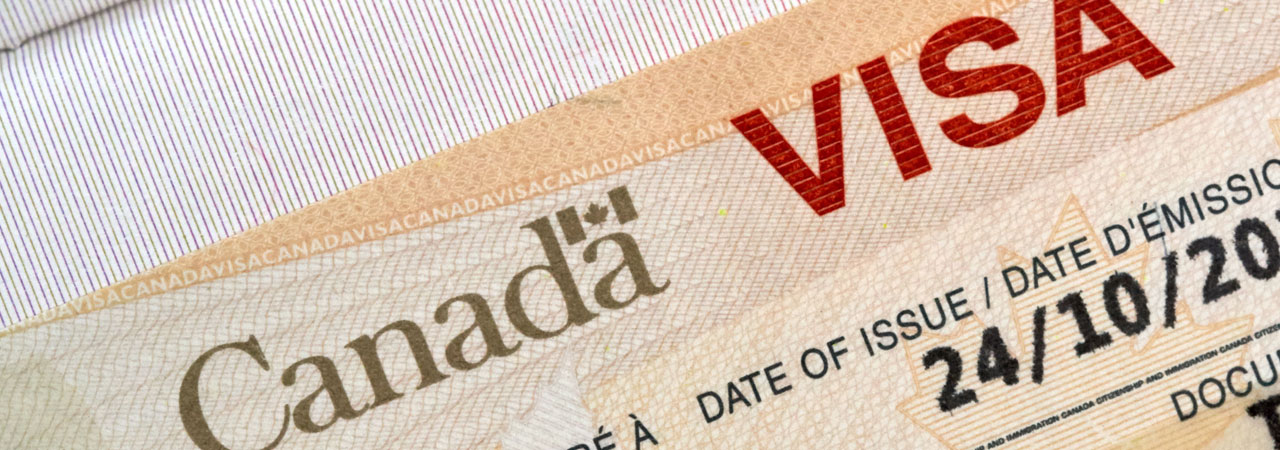
Canada is a diverse country with so many things to see and do. However, if you’re visiting for the first time, you may be overwhelmed with choice. In this guide, we’ve compiled the information you need to know, from help with your visas to the length of the flight.
Canada travel tips
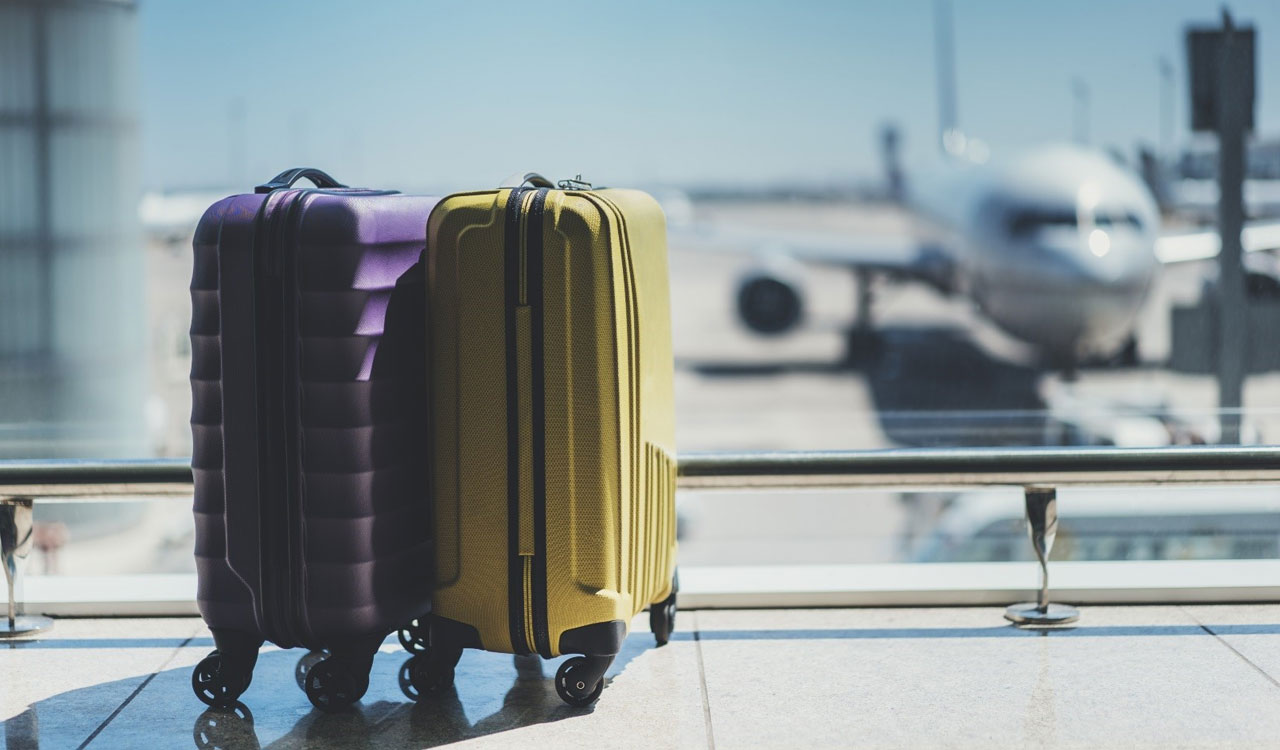
If you’re planning a trip to Canada, it’s likely you’ll have a few questions that need answering. As it’s always best to be prepared, discovering helpful tips such as how to find the right travel insurance policy for you and how to stick to a budget can be really helpful.
